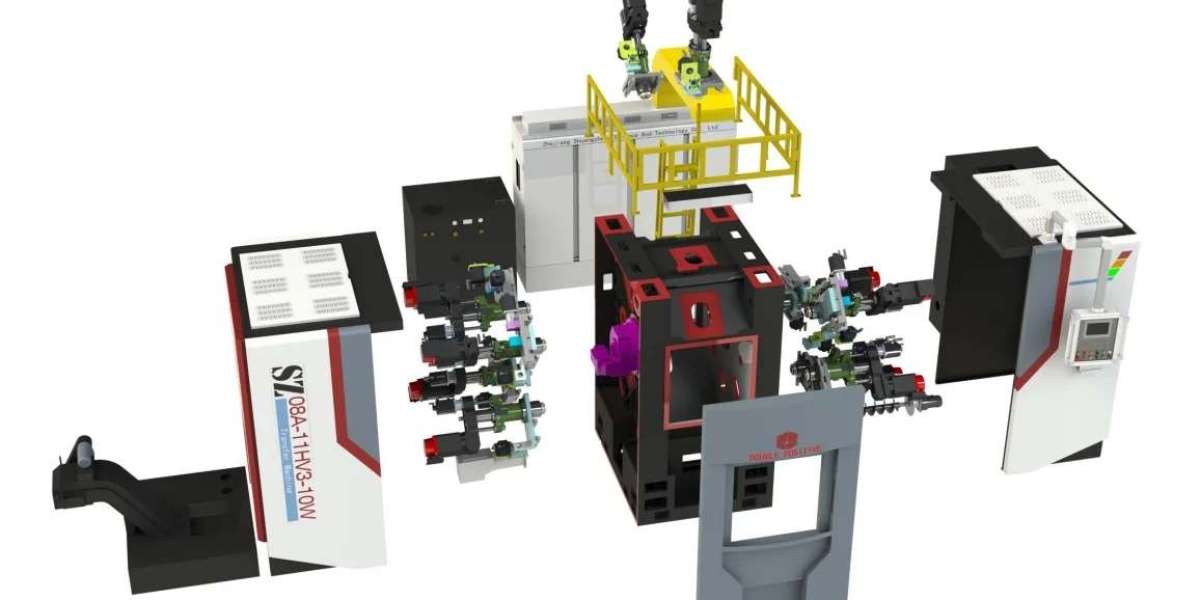The eye infection treatment market in India is experiencing significant growth, mirroring global trends but with its own unique set of drivers and challenges. This market addresses the increasing prevalence of various eye infections, fueled by factors like population density, environmental conditions, and evolving healthcare access within the country.
Market Size and Growth (India Context):
The eye infection treatment market in India is a substantial and expanding segment within the broader pharmaceutical sector. While precise, standalone figures for India can vary across reports, industry analysis suggests a robust Compound Annual Growth Rate (CAGR) in the double digits (10-15%) for the coming years. This growth is driven by the factors outlined below and signifies a considerable increase from the current estimated market size, making India a key growth region within the global context.
Key Market Drivers (India-Specific and General):
- High Prevalence of Eye Infections: India experiences a high burden of eye infections, including bacterial conjunctivitis (a common occurrence, especially during certain seasons), viral infections, fungal keratitis (often associated with agricultural activities and trauma), and other ocular surface diseases.
- Increasing Awareness and Access to Healthcare: Growing awareness about eye health and improving access to ophthalmologists and healthcare facilities, even in semi-urban and rural areas, are leading to increased diagnosis and treatment seeking.
- Over-the-Counter (OTC) Availability: While prescription drugs dominate for severe infections, the widespread availability of OTC eye drops and ointments for minor infections contributes to the market's overall size and accessibility.
- Contact Lens Usage: The rising adoption of contact lenses, particularly among younger demographics in urban areas, coupled with potential hygiene issues, contributes to a higher incidence of contact lens-related infections like keratitis.
- Environmental Factors and Pollution: High levels of air pollution and dust in many Indian cities can irritate the eyes, making them more susceptible to infections.
- Post-Surgical Infections: With an increasing number of ophthalmic surgeries, including cataract and refractive surgeries, the need for effective treatments for post-operative infections like endophthalmitis is also rising.
- Growing Geriatric Population: As the population ages, the prevalence of age-related eye conditions that may increase susceptibility to infections also rises.
- Expansion of E-commerce: Online pharmacies are gaining popularity in India, offering greater convenience and access to eye infection treatments.
Key Market Trends (India Context):
- Dominance of Antibacterial Eye Drops: Antibacterial formulations remain the largest segment due to the high incidence of bacterial conjunctivitis and other bacterial eye infections. Common antibiotics include fluoroquinolones, aminoglycosides, and chloramphenicol.
- Rising Demand for Antifungal Treatments: Fungal keratitis is a significant concern in India, particularly in agricultural regions. The demand for effective antifungal eye drops and oral medications is increasing.
- Growing Awareness of Viral Infections: While bacterial infections are more prevalent, there is increasing recognition of viral eye infections, leading to a growing demand for antiviral treatments.
- Preference for Affordable Treatments: Price sensitivity is a significant factor in the Indian pharmaceutical market. Affordable generic versions of established eye infection treatments hold a substantial market share.
- Increasing Focus on Steroid Combinations: Combination eye drops containing antibiotics and corticosteroids are commonly used to address inflammation along with infection, though their use requires careful consideration by ophthalmologists.
- Regional Variations: The prevalence of specific types of eye infections can vary across different regions of India, influenced by factors like climate, agricultural practices, and hygiene levels. For instance, fungal keratitis might be more prevalent in agricultural belts.
- Declining Prevalence of Trachoma: It's important to note that India was declared free of infective trachoma in 2017, signifying a successful public health effort in combating this specific bacterial eye infection that was once a major cause of blindness.
Market Segmentation (India Context):
The eye infection treatment market in India can be segmented by:
- Drug Class: Antibiotics, Antivirals, Antifungals, Antihistamines (for allergic components), Corticosteroids (often in combination).
- Indication: Bacterial Conjunctivitis, Viral Conjunctivitis, Fungal Keratitis, Blepharitis, Stye (Hordeolum), Post-operative Infections, Others.
- Dosage Form: Eye Drops, Ophthalmic Ointments, Tablets (for systemic infections).
- Mode of Purchase: Prescription Drugs, Over-the-Counter (OTC) Drugs.
- Distribution Channel: Hospital Pharmacies, Retail Pharmacies, Online Pharmacies, Drug Stores.
- Region: North India, South India, East India, West India (reflecting potential variations in disease prevalence and market access).
Key Players (India Context):
The Indian eye infection treatment market features a mix of multinational and domestic pharmaceutical companies, including:
- Sun Pharmaceutical Industries Ltd.
- Cipla Ltd.
- Dr. Reddy's Laboratories Ltd.
- Glenmark Pharmaceuticals Ltd.
- Lupin Ltd.
- Intas Pharmaceuticals Ltd.
- Alkem Laboratories Ltd.
- Mankind Pharma Ltd.
- Torrent Pharmaceuticals Ltd.
- Overseas players with a significant presence in India (e.g., Alcon, Bausch + Lomb).
- Numerous smaller regional players.
Challenges (India Context):
- Antibiotic Resistance: Similar to the global scenario, antibiotic resistance is a growing concern in India, necessitating the judicious use of antibiotics and the development of newer agents.
- Access to Specialized Care: While improving, access to specialized ophthalmological care can still be limited in rural and remote areas.
- Self-Medication: The easy availability of OTC eye drops can lead to self-medication, potentially delaying appropriate diagnosis and treatment for more severe infections.
- Counterfeit Drugs: The presence of counterfeit and substandard drugs remains a challenge in the Indian pharmaceutical market, including eye infection treatments.
- Price Competition: The highly competitive nature of the Indian pharmaceutical market puts pressure on pricing.
Regional Insights (India Context):
- The market is largely concentrated in urban and semi-urban areas with better healthcare infrastructure.
- Tier-II and Tier-III cities and rural areas represent significant growth potential as healthcare access improves.
- Specific regional disease patterns (e.g., higher incidence of fungal keratitis in agricultural states) can influence local market dynamics.
Conclusion (India Context):
The eye infection treatment market in India is a dynamic and expanding sector driven by a high disease burden, increasing awareness, and improving healthcare access. While affordable generics dominate, there is a growing need for effective treatments for various types of eye infections, including fungal and viral. Addressing challenges like antibiotic resistance and ensuring access to quality eye care across all regions of the country will be crucial for improving ocular health outcomes in India.






